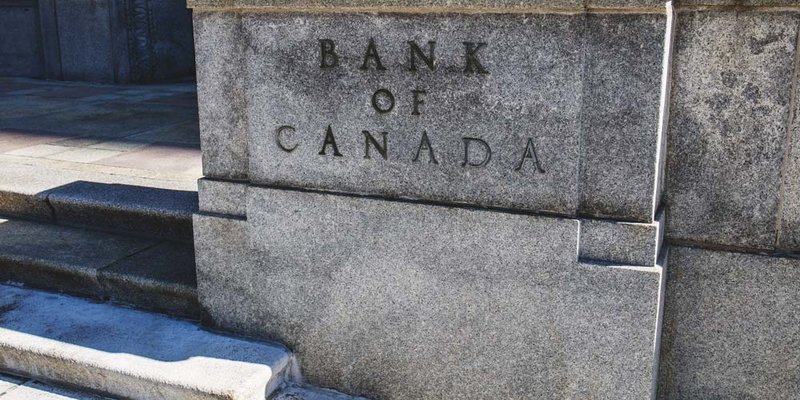
If you are not redirected within 30 seconds, please click here to continue.
Samedi: 10h – 16h HAE

If you are not redirected within 30 seconds, please click here to continue.
If you are not redirected within 30 seconds, please click here to continue.
Rate Hike Alert: Bank of Canada Raises Overnight Rate to 0.75%

For the first time in almost seven years, the Bank of Canada has raised its key interest rate. In its scheduled Monetary Policy Report (MPR), the bank announced this morning that it is increasing the rate by 25 basis points from 0.5% to 0.75%. The last time the bank increased its rate was in August 2010.
Since the overnight rate generally impacts the prime interest rate between banks, shortly after the announcement, all five of the big banks announced they would be increasing their prime rates by 25 basis points as well, to 2.95%. Prior to the announcement, the prime lending rates at CIBC, The Royal Bank of Canada, Bank of Montreal, TD Canada Trust and Scotiabank all sat 2.7%.
Hike was expected
Rumours of a rate hike had been swirling around since BoC Governor Stephen Poloz made several leading comments to the media, stating low interest rates have “done their job” for the economy. He also said that despite inflation being low, there are other factors to consider before a rate hike in order to be in step with the economy when it reaches full capacity.
Optimism in Canada’s economy
Going forward, it is clear that the BoC is much more optimistic about the Canadian economy. The bank sounded significantly more hawkish in this report than the last, mentioning “Recent data have bolstered the Bank’s confidence in its outlook.”
According to the bank, Canada’s economy has been robust and fuelled by household spending. For this reason, a significant amount of economic slack has been absorbed. And an increase in employment and wages means household spending will remain solid in the months ahead.
The growth is also widespread across various industries and regions, and this points to more sustainable growth across the country. The bank expressed increased confidence in business investment growth due to results from its most recent Business Outlook Survey. It also noted the economy has adjusted to lower oil prices and therefore goods and services are now expanding.
Forecasts now predict the Canadian economy will grow by 2.8% in 2017 – up from the last forecast of 2.6%.
Soft inflation not a concern
Though inflation remains below the bank’s target of 2%, it believes softer inflation is temporary. The expectation is inflation will return to approximately 2% by the middle of 2018 due to heightened food price competition, electricity rebates in Ontario, and changes in automobile pricing.
Changes in borrowing rate for Canadians
The rate hike could possibly mean higher borrowing costs for Canadians. Since the big commercial banks decided to also raise their prime rate due to the BoC rate increase, anyone with a variable rate mortgage or a floating rate loan, like a line of credit, will more than likely have to pay more to service it. A higher borrowing rate also means Canadians will qualify for less when applying for loans. This could subsequently impact the real estate market as buyers won’t be able to offer as much.
More hikes
With Canada’s economy showing strength and the Bank of Canada’s optimism, economists are now expecting the bank to raise rates one more time in 2017.
The next scheduled Bank of Canada announcement is Sept. 6, 2017. Moreover, the next full update on the bank’s outlook on the Canadian economy, inflation, and risks to the projection will be published in the MPR on Oct. 25, 2017.
Get money-saving tips in your inbox.
Stay on top of personal finance tips from our money experts!










